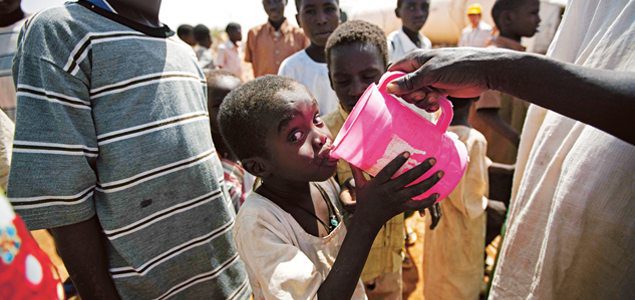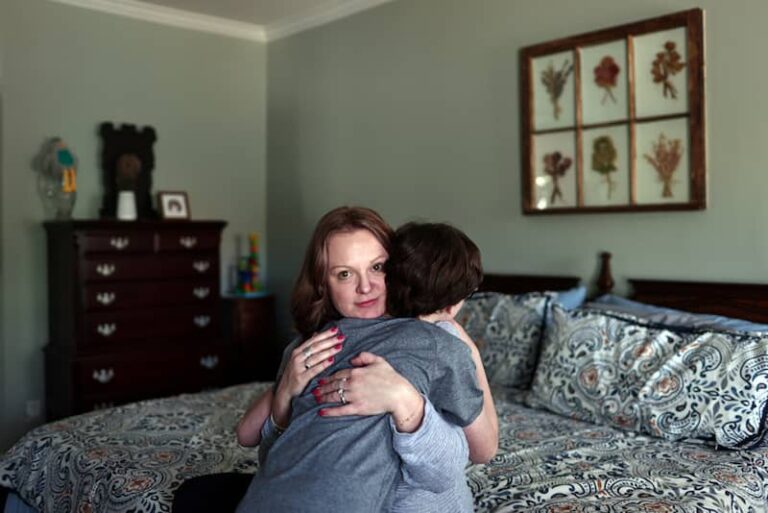Without water life would cease to exist, yet around one in nine people worldwide lack access to clean water. As a result, these people are affected by water-borne disease and extreme poverty.
While much of the world is made up of water, only a small amount of it is drinkable. Some two-thirds of all the Earth’s water is locked up in glaciers and permanent snow cover and although it is a renewable resource it is also a finite one.
Despite this, today’s global water crisis is much less about scarcity and more about access; 780 million people lack access to clean and safe water. Roughly 2.5 billion people lack access to sanitation – astonishingly, more people own a mobile phone than a toilet.
“Issues of ‘access’ to anything at all define the haves and the have-nots, but they often also define who will live and who will not,” says Dr Kanyoro, CEO of The Global Fund for Women, an organisation that invests in women-led solutions around the world.
According to Kanyoro, women are on the frontlines of this crisis, having to carry the burden of water on their backs, shoulders and heads for a combined 200 million hours every day – locking them firmly in a cycle of poverty.
For these reasons, the group believe that women need to be at the forefront of implementing safe water practices and strategies. By teaching them to build water pumps, wells and toilet blocks – once considered only men’s work – the programs empower women to be active participants in creating change for their communities.







